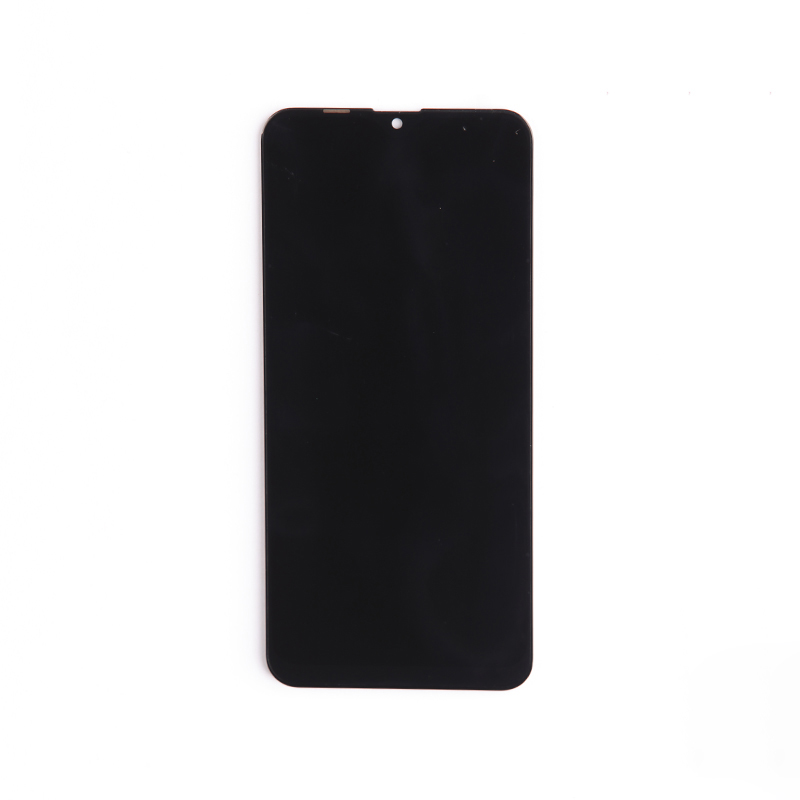How Does Touchscreen Functionality Integrate with an LCD Screen?
2025-01-15
Touchscreen technology has become a cornerstone of modern devices, from smartphones to self-service kiosks. Central to this technology is the integration of a touchscreen with an LCD screen, enabling users to interact with devices through touch. But how does this seamless integration work? In this blog, we’ll dive into the components, technologies, and processes that combine touch functionality with LCD screens, creating the interactive displays we rely on every day.
1. What is an LCD Screen?
A Liquid Crystal Display (LCD) is a flat-panel display technology that uses liquid crystals to modulate light. LCD screens are widely used for their sharp image quality, energy efficiency, and compact form factor. Key components of an LCD screen include:
- Backlight: Provides illumination to make the display visible.
- Liquid Crystals: Control the passage of light to form images.
- Polarizers: Enhance clarity and contrast.
- Glass Layers: Encapsulate the liquid crystals and protect the screen.
2. How Does Touchscreen Technology Work?
A touchscreen is an input device layered over a display, allowing users to interact with the device by touching the screen directly. There are several types of touchscreen technologies, including:
a. Resistive Touchscreens
- Composed of two flexible layers with a gap in between.
- Pressure from a touch causes the layers to make contact, registering the input.
b. Capacitive Touchscreens
- Use an electrostatic field to detect touch.
- A conductive layer senses changes in electrical charge when touched by a finger or stylus.
c. Infrared (IR) Touchscreens
- Employ an invisible grid of infrared light beams.
- A touch interrupts the beams, identifying the point of contact.
d. Optical Touchscreens
- Utilize cameras or sensors to detect touchpoints on the screen surface.
3. Integrating Touchscreen Functionality with an LCD Screen
The integration of touchscreen functionality with an LCD screen involves combining the two components into a cohesive unit. Here’s how this is achieved:
a. Overlaying the Touch Panel
The touchscreen layer is placed directly on top of the LCD screen. This layer is typically thin and transparent to ensure that the screen’s visuals remain clear and vibrant.
b. Bonding the Layers
To prevent gaps and improve durability, manufacturers use optical bonding or lamination to adhere the touchscreen layer to the LCD screen. This process also reduces reflections, enhancing display clarity.
c. Signal Processing
When a user touches the screen, the touch panel captures the input and sends it to a controller. The controller processes the signal and translates it into coordinates on the LCD screen.
d. Synchronizing Display and Touch
The device’s software synchronizes the touch inputs with the displayed content, ensuring that user interactions correspond to visual feedback in real-time.
4. Challenges in Integration
While the integration of touchscreen functionality with LCD screens is highly effective, it comes with challenges:
a. Maintaining Clarity
The touchscreen layer must be highly transparent to preserve the display’s brightness and color accuracy.
b. Durability
The touchscreen must withstand repeated use, impacts, and environmental factors like dust and moisture.
c. Power Efficiency
Adding a touchscreen layer can increase power consumption. Designers must optimize components to maintain battery life in portable devices.
d. Calibration
Accurate touch detection requires precise alignment between the touchscreen layer and the LCD.
5. Advantages of Touchscreen-LCD Integration
The integration of touchscreen functionality with LCD screens offers numerous benefits:
- User-Friendly Interaction: Enables intuitive, direct interaction with devices.
- Space-Saving Design: Combines display and input functionality in one unit.
- Versatility: Supports a wide range of applications, from mobile devices to industrial systems.
- Enhanced Aesthetics: Creates sleek, modern designs with minimal physical controls.
6. Applications of Touchscreen-LCD Displays
Touchscreen-LCD integration powers countless devices across industries, including:
- Consumer Electronics: Smartphones, tablets, and laptops.
- Healthcare: Medical devices with interactive interfaces.
- Retail: Point-of-sale terminals and self-checkout kiosks.
- Automotive: Infotainment systems and navigation screens.
- Industrial Control: Human-machine interfaces for machinery and equipment.
The integration of touchscreen functionality with LCD screens revolutionizes how we interact with technology. By layering touch-sensitive panels over high-quality displays, manufacturers deliver intuitive, efficient, and aesthetically pleasing devices. Understanding how these systems work not only deepens our appreciation for modern gadgets but also highlights the innovation driving the digital age.



